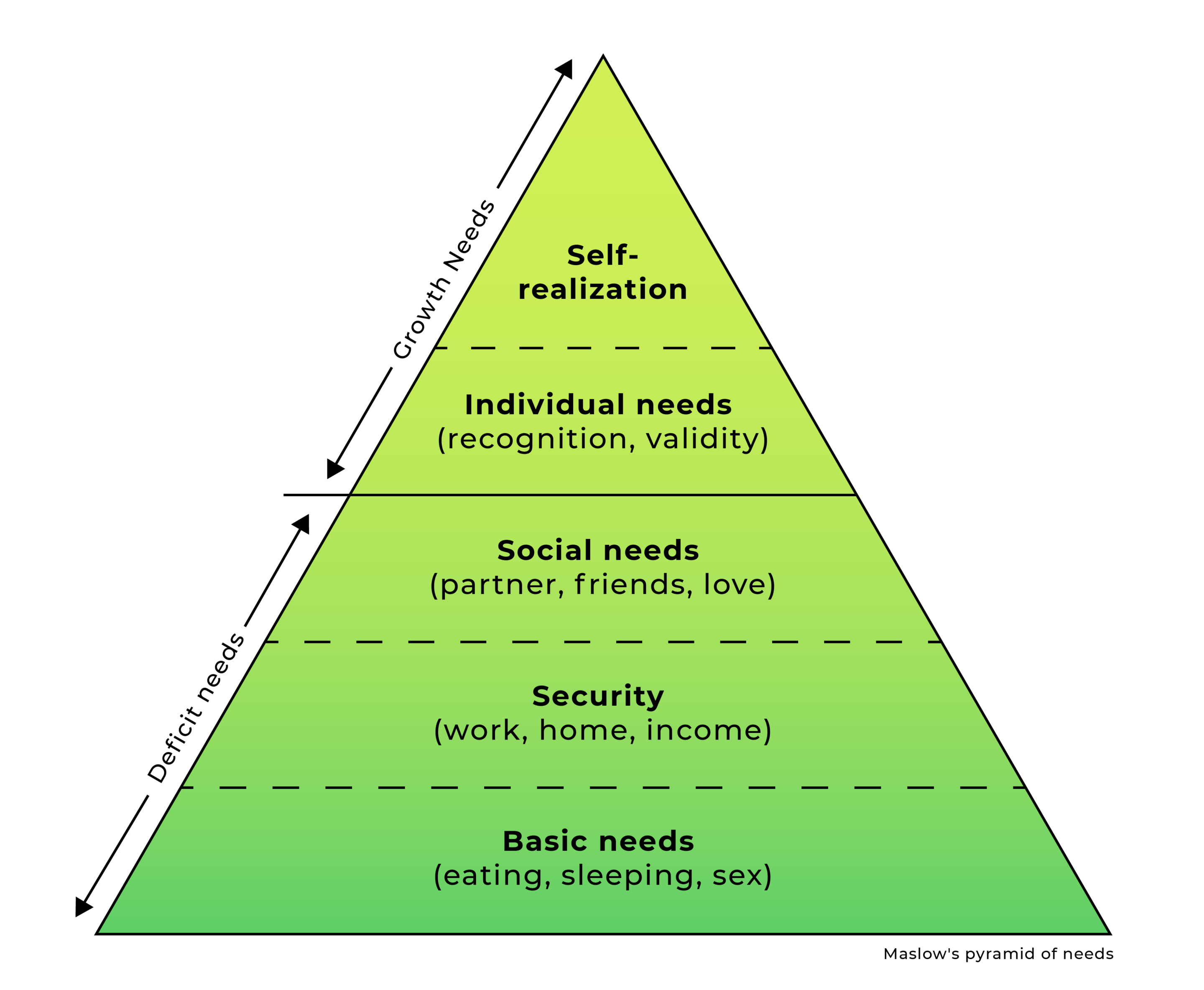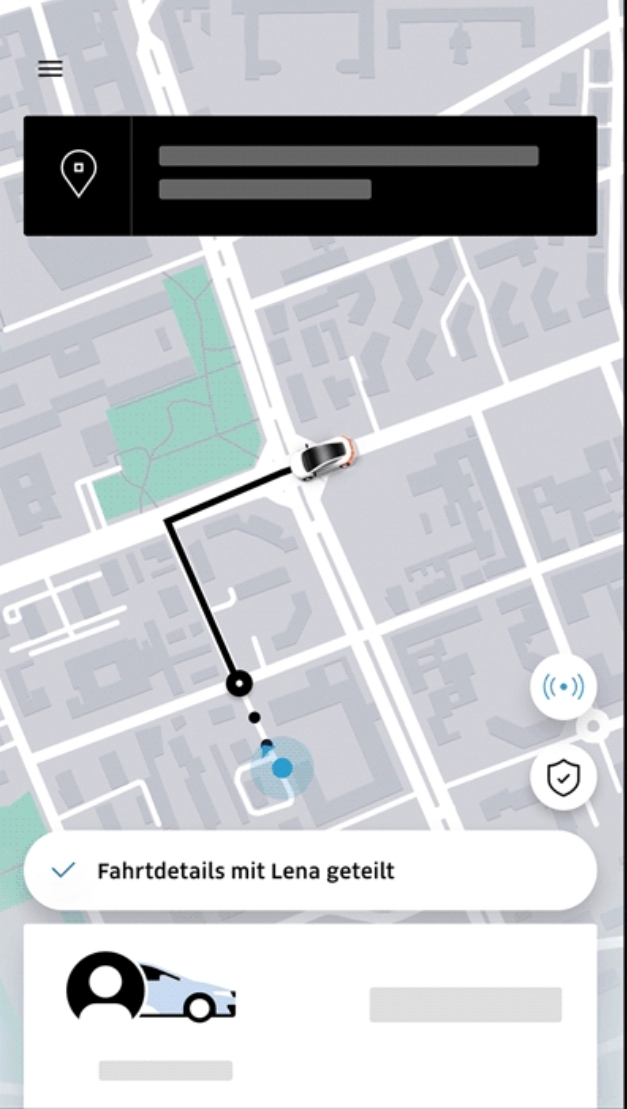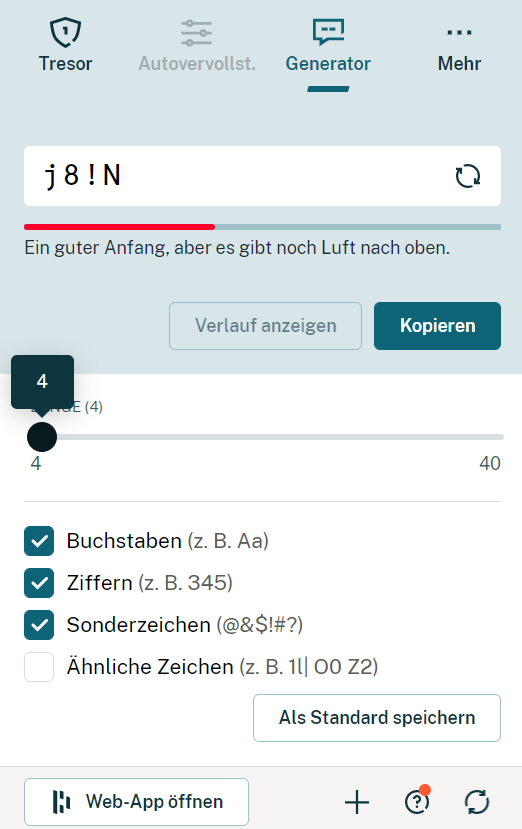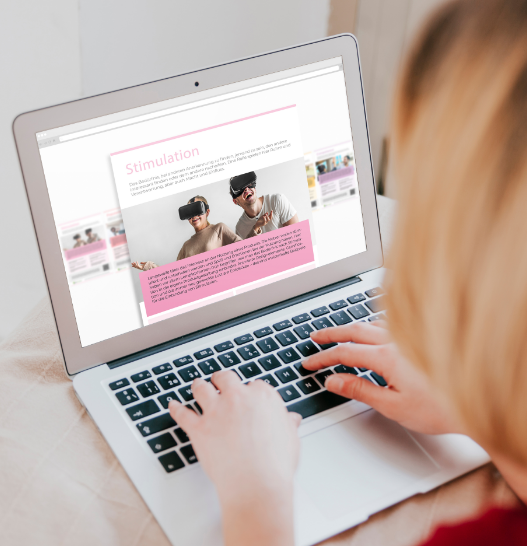Why is security so important? How do other products solve the satisfaction of the need for security? What features are there to trigger a sense of security in users? What elements are most in demand here?
“What makes a product really cool and exciting?” – this is the fundamental question of our need series. Accordingly, by answering the above questions, we further explore our core question.
In this part of our series, we clarify how you can understand your users’ need for security and apply it to your product design. We will show you some examples of how the need for security has been implemented in products – and this at the concept level of the entire product, but also at the level of individual features. So, you’ll get clear approaches that give you ideas on how your product can evoke more positive emotions in users.
The needs series: a recap
In our introductory article, we stated the following: Positive emotions during use are essential for a positive user experience. This is partly composed of good usability, but also of the aforementioned emotions.
Positive emotions are achieved by satisfying essential human needs of users during use. So if your product is to provide a positive UX, user needs must be identified and incorporated through good product design.
In our introductory article, we identified the following needs as particularly relevant to technology use:
(according to Sarah Diefenbach: “Experience Design Tools – Approaches to Interaction Design from the Perspective of Psychological Needs“)
Let’s take a closer look at the need for security.
Security: The need to be able to plan things and to be safe from threat and uncertainty. It is about a feeling of relaxation through planning and structure.
(source: Sarah Diefenbach “Experience Design Tools – Approaches to Interaction Design from the Perspective of Psychological Needs“)
Deficit need security
If we take another look at Maslow’s pyramid of needs, we notice that security (as we would expect) is a deficit need (according to Maslow, these are the most important and basic human needs – their non-fulfillment means physical or psychological harm), which occupies a very large place in the hierarchy of needs. It is even the most important need after the basic human needs. A correspondingly large place in our lives is occupied by the issue of security.

We notice how important security is to us in our everyday lives. Our days are characterized by routines that protect us from uncertainty. We sign contracts in order to be able to plan and secure ourselves, be it in marriage, at work or when making a purchase. We insure ourselves, our cars and important items to bring a little more security into our lives. In this way, we protect our property from expected risks.
We bring order and structure to things that seem chaotic and stressful, and plan our finances so that we have as large a safety net as possible for emergencies. We go to preventive checkups at the doctor, install virus scanners on our PC, buy and use calendars to minimize the fear of forgetting important appointments, and seek out a social environment we can rely on.
In short, we spend a lot of energy trying to feel safe and minimize insecurities. In doing so, we seek:
- Protection
- Stability
- Order
- Structure
- Clarity
- Reliability
Products can specifically increase perceived security. Let’s take a closer look at some specific features that create and radiate security, using examples.
Example 1: Passenger transportation
Booking a ride with a stranger via an online service carries some risks. You don’t know if the person you’re riding with is trustworthy, you could be picked up at the agreed meeting point by someone else who wants to do you harm (after all, you don’t know the appearance of your real ride), and even in times of the covid pandemic, you depend on the driver to adhere to hygiene concepts and protect himself and you from possible infection as best as possible.
The company Uber (an online service provider that allows you to book rides within a specially built community) has recognized these safety needs of its own users. Let’s take a look at how exactly the company uses well-placed features to make its own services safer.
Through the company’s app, fellow riders can share ride details with a trusted person. This way, they can see where you are and react if something seems suspicious. There is also an Uber employee team that can be contacted at any time to provide assistance with any safety issues. To further reassure Uber users, drivers must upload a picture of themselves to the app before each ride, which identifies whether or not they are wearing a mask. In addition, Uber conveys safety about the fact that the company pays attention to an inclusive community that internalizes and lives by safety and quality standards.
(source: Uber.com/en/safety/)

(source: Screenshot Uber App)
Example 2: Online shopping
Integrated buyer protection, for example in the PayPal payment service, is a feature that satisfies users’ need for security. The possibility of withdrawing one’s own transfer for a certain period of time, should one not have received purchased goods, offers a great security factor. Not for nothing PayPal advertised in 2010 with the claim “Safer.” Find out everything you need to know about PayPal Buyer protection here.
Trust features for online stores and service providers as well as the possibility to rate the products or the service also offer users a great deal of security. They are a bit safer from buying bad products, as they can sort them out faster from their own pre-selection.

(source: Screenshot Amazon)
Example 3: Passwords
Password manager tools are products dedicated to the security needs of users. One can store, share and also generate passwords. Often passwords protect important and sensitive data. So here the demand for security is very high.
Dashlane is one of these password manager tools. A specific feature (one of many) that satisfies the user’s need for security here is feedback on how secure the generated or chosen password is.
For example, a secure password plays out the feedback “The best possible password strength has been achieved,” which, along with a filled-in green bar, increases perceived security.

(source: Dashlane Screenshot)
An insecure password, on the other hand, generates the feedback “A good start, but there is still room for improvement” combined with a bar that is about 40% filled. In addition, the bar is designed in the signal color red and thus signals insecurity or even danger.

(source: Dashlane Screenshot)
Also, the clarity of the feedback shown above to the user provides security (or in the case of the red bar, creates uncertainty and the desire to fix it). There is no fear of misunderstanding or perhaps using an insecure password after all.
What does this mean for your product design?
So, you can see that the possibilities for features that concretely satisfy the user’s need for security are very diverse. Some of them address the need directly, while others are more subtle and convey a basic order or understanding about having done something in the best possible and right way.
In our final article, we clarify how exactly you can integrate user needs into your product development and provide a handy everyday tool for this integration with our need cards.
Conclusion
Security is more than just the absence of threats. It’s also about predictability, order, and security indicators such as customer ratings and trust characteristics. It is important to identify the specific security needs of your own customers and find a solution to satisfy them.
Does your product have features that satisfy the need for security? Let us know in the comments.
Have questions about incorporating user needs in your specific case? Feel free to reach out via our contact form to schedule a free get-to-know-you call.
We very much look forward to hearing your feedback!
Our need series
Here is our overview of the articles in the series:
Part 1: Introduction
Part 2: Connectedness
Part 3: Security
Part 4: Competence
Part 5: Popularity
Part 6: Stimulation
Part 7: Autonomy
Part 8: Meaningfulness



